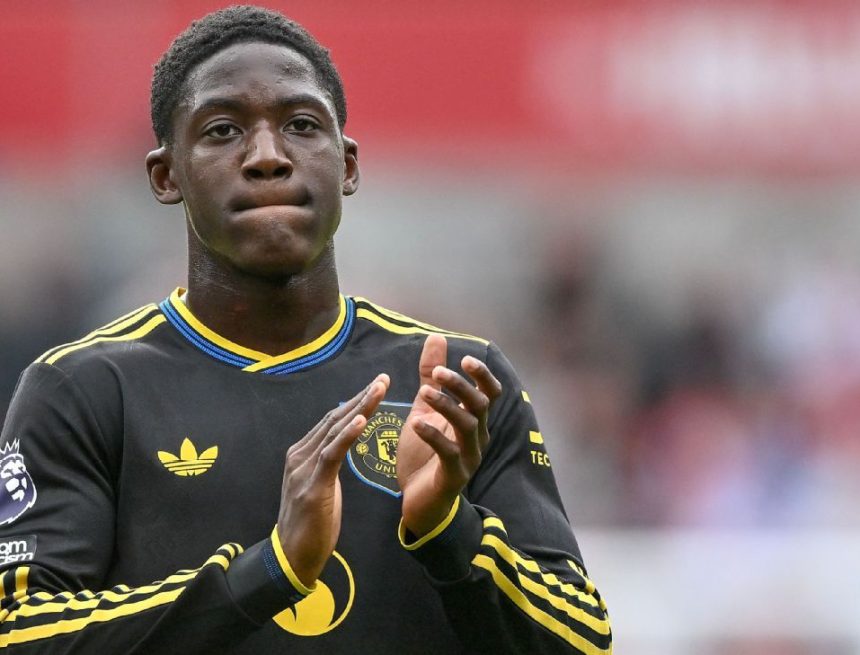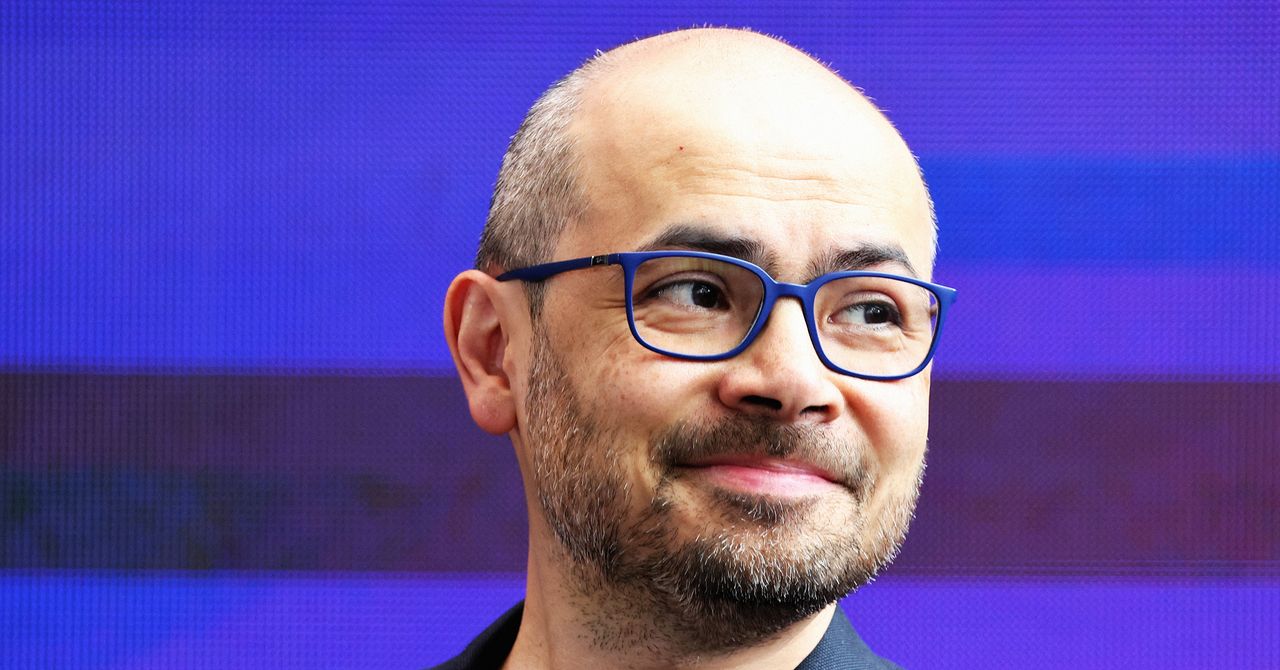I think the fear that a lot of us have about generative A.I. is that we’re not going to be playing it. It’s going to be playing us. Often because we prefer it to play us, right. When a kid — you can use A.I. to help you write a better essay, but a lot of people just want the A.I. to write the essay, right. The whole essay. The whole essay, yeah. And and I think that space between are you playing the technology or is the technology playing you is a very tricky one. And I think that’s one of my more dystopic versions of our A.I. future. My kids’ future in A.I. is a world in which they’ve given up a lot of their own agency, because it seems a little bit ridiculous to take it. Yeah. And that could always have been true. I mean, there’s a million technologies that I —— Like, I’m happy I have Google Maps; I have a bad sense of direction and I’m not trying to make it better. But there is some line where you are acting upon the world versus the world is just acting through you that I think is going to be very hard to police. Yes, I think what bothers me, which is exactly part of what you’re saying, is the possibility of not making a mistake at all, of making things that always come with this professional, finished gloss of what a real pop song looks like, or what a real picture looks like. And I think that’s lethal. I have a friend, an architect friend, called Rem Koolhaas. He’s a Dutch architect, and he uses this phrase, “the premature sheen.” So when, in his architectural practice, when they first got computers and computers were first good enough to do proper renderings of things, he said everything looked amazing at first. You could construct a building in half an hour in the computer and you’d have this amazing-looking thing. And he said, but it didn’t help us make good buildings. It helped us make things that looked like they might be good buildings. But he said, in the end, we went back — and I went to visit him one day when they were working on a big new complex for someplace in Texas, and what they were using were matchboxes and pens and packets of tissues. It was completely analog. And there was no sense at all that this had any relationship to what the final product would be in terms of how it looked. So it meant that what you were thinking about was how does it work. What’s it like to be — What do we want it to be like to be in that place. You started asking the important questions again. Not what kind of facing should we have on the building, or what kind of color should the stone be.


